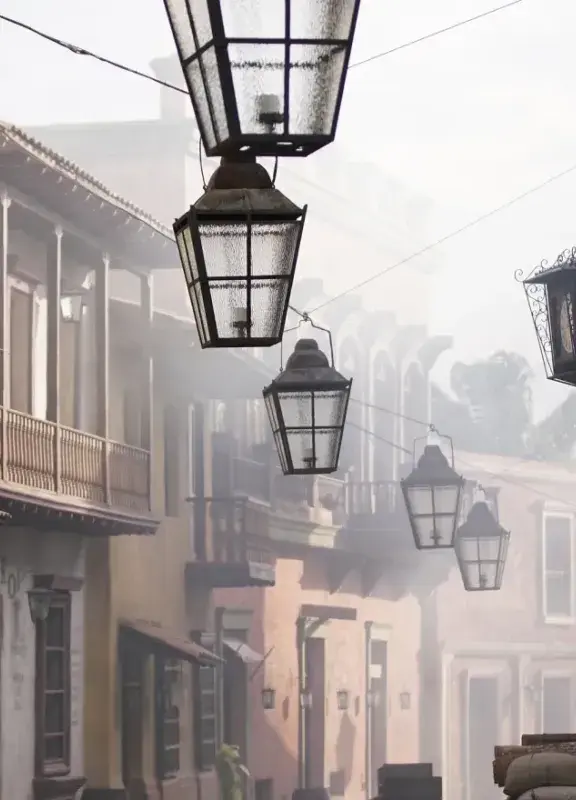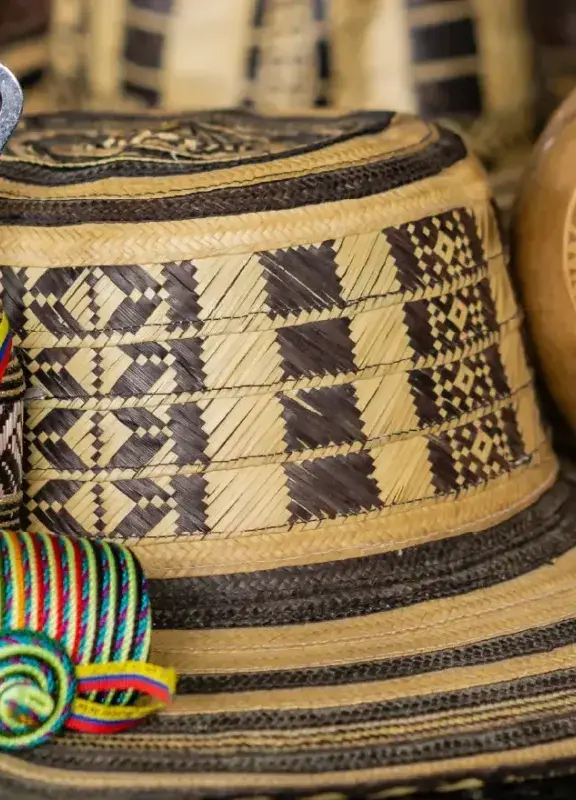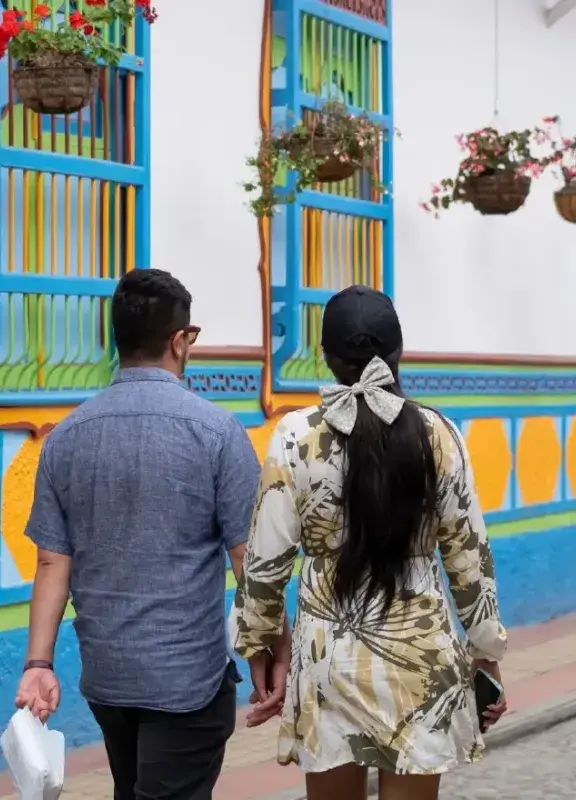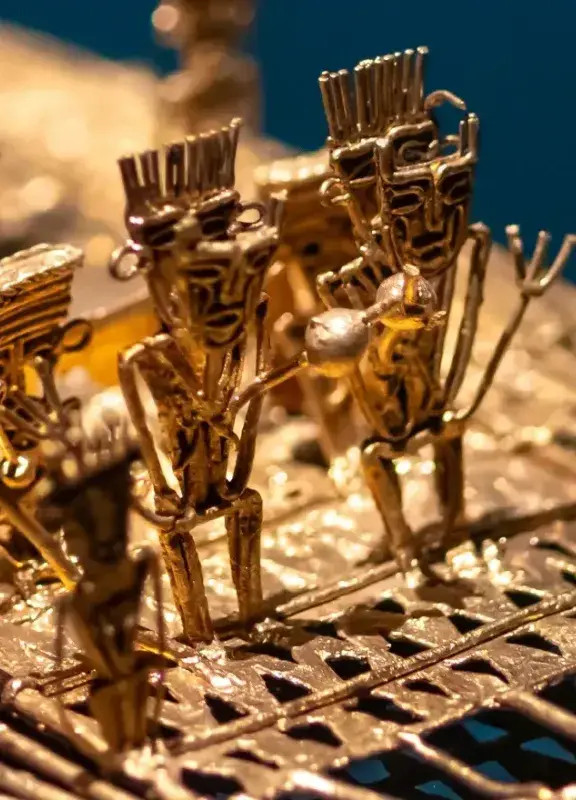Explore Colombian ceramics, a tradition made art
Explore Colombian pottery: an ancestral heritage that transforms clay into art and tradition.
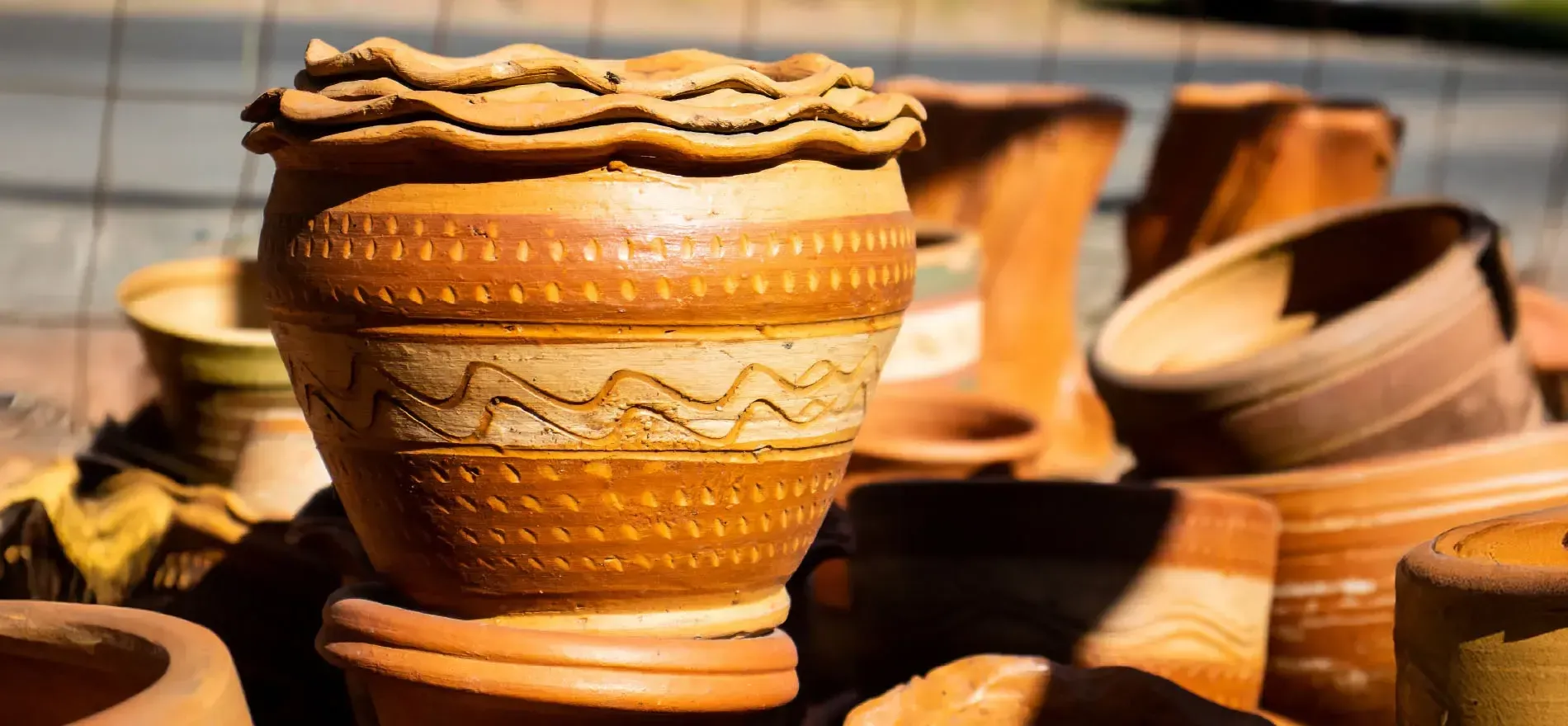
The fusion of clay, water, and fire gives rise to one of the most beautiful expressions of our identity: Colombian ceramics. This age-old technique, passed down from generation to generation, is a symbol of creativity, ingenuity, and the talent of El País de la Belleza. From utilitarian pieces to true works of art, ceramics reflect the cultural diversity of our regions and keep alive the memory of those who, with their hands, shape tradition.
Each piece of Colombian ceramics tells a story that connects past and present, inviting us to explore a universe of shapes, colors, and meanings that remain alive in different corners of the country.
You may be interested in: This is how Colombia's Independence was
Types of ceramics in the Country of Beauty
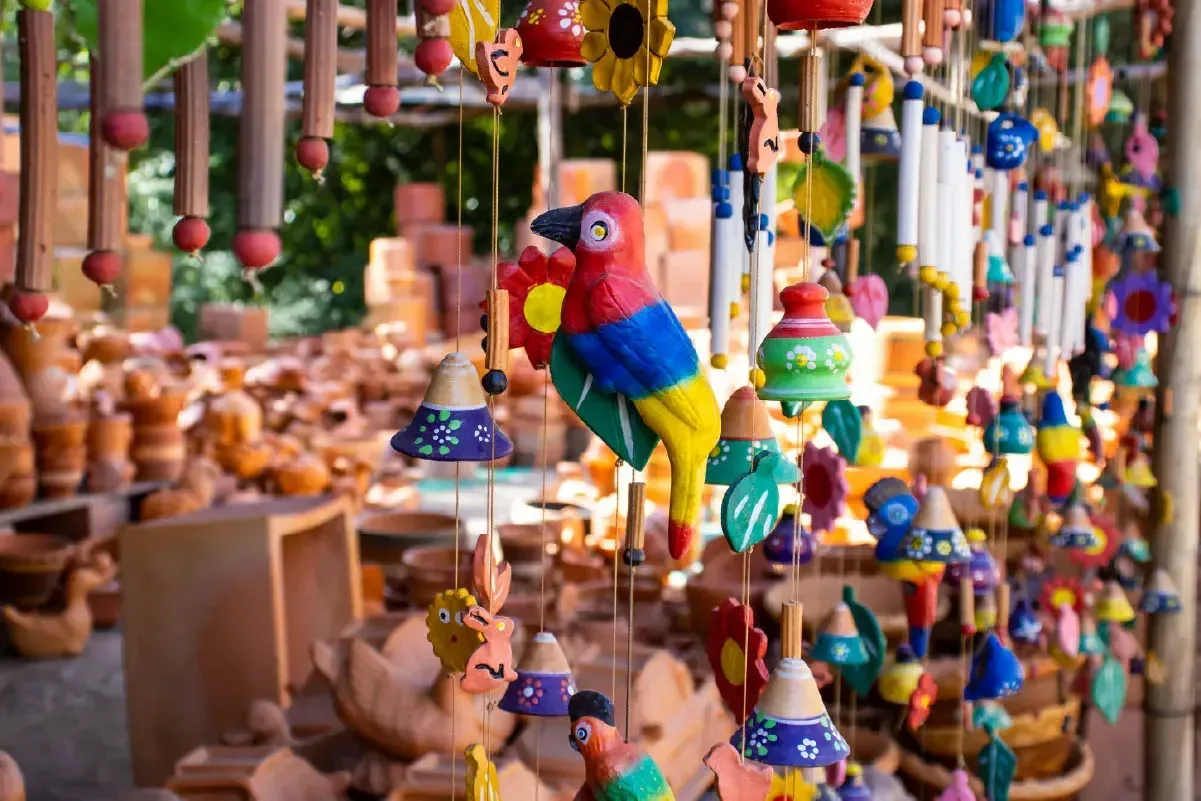
There are five types of ceramics in Colombia: indigenous, traditional folk, contemporary, industrial, and scientific. The first three originate from places like Ráquira, La Chamba, Tolima, and El Carmen de Viboral. The scientific kind, meanwhile, is exhibited at the Instituto Caro y Cuervo, renowned for its valuable ethnographic collections and its work in preserving Colombia's cultural craft heritage.
Indigenous ceramics: Refers to pieces made by the original peoples of the Americas and represents one of the oldest and most representative manifestations of pre-Columbian art. These communities molded clay for utilitarian and ritual purposes, developing techniques, shapes, and styles that reflected their beliefs and culture. Today, places like Ráquira, El Carmen de Viboral, and some regions of Nariño continue to preserve this tradition by creating handmade pots, vessels, and Colombian handicrafts.
Traditional folk ceramics: This form of craft preserves ancestral techniques and inherited knowledge. Through clay modeling, artisans bring to life large jars, vases, plates, pots, and decorative objects that reflect not only their creativity but also the cultural richness of their territories. In Colombia, towns like Ráquira (Boyacá), El Carmen de Viboral (Antioquia), La Chamba (Tolima), Pitalito (Huila), Guapi (Cauca), and some municipalities in Nariño are known for preserving this pottery tradition with styles unique to each region.
Contemporary ceramics: Contemporary ceramics in Colombia is a fusion of ancestral tradition and modern artistic exploration. Beyond its utilitarian function, it has become a means of conceptual expression where ceramists combine indigenous techniques with innovative materials to address themes such as identity, territory, and memory. This practice is a living, critical, and creative form that blends various traditional art designs.
Scientific ceramics: This branch of materials science develops compounds with exceptional properties for use in sectors such as medicine, energy, and electronics. Unlike traditional ceramics, these materials are designed in laboratories. Thanks to their versatility, these ceramics are used in thermal shields, bone prostheses, sensors, and electronic devices, representing the fusion of cutting-edge technology and materials engineering.
Industrial ceramics: This branch of ceramics is produced on a large scale for functional and technical purposes. It is characterized by its strength, durability, and precision, and is used in the manufacture of products ranging from tableware, floors, and tiles to specialized components for industry and technology. In Colombia, companies like Cerámica Italia have taken this knowledge to another level, transforming spaces with beauty and durability.
You may be interested in: Colombian artists to watch
Traditional manufacturing methods
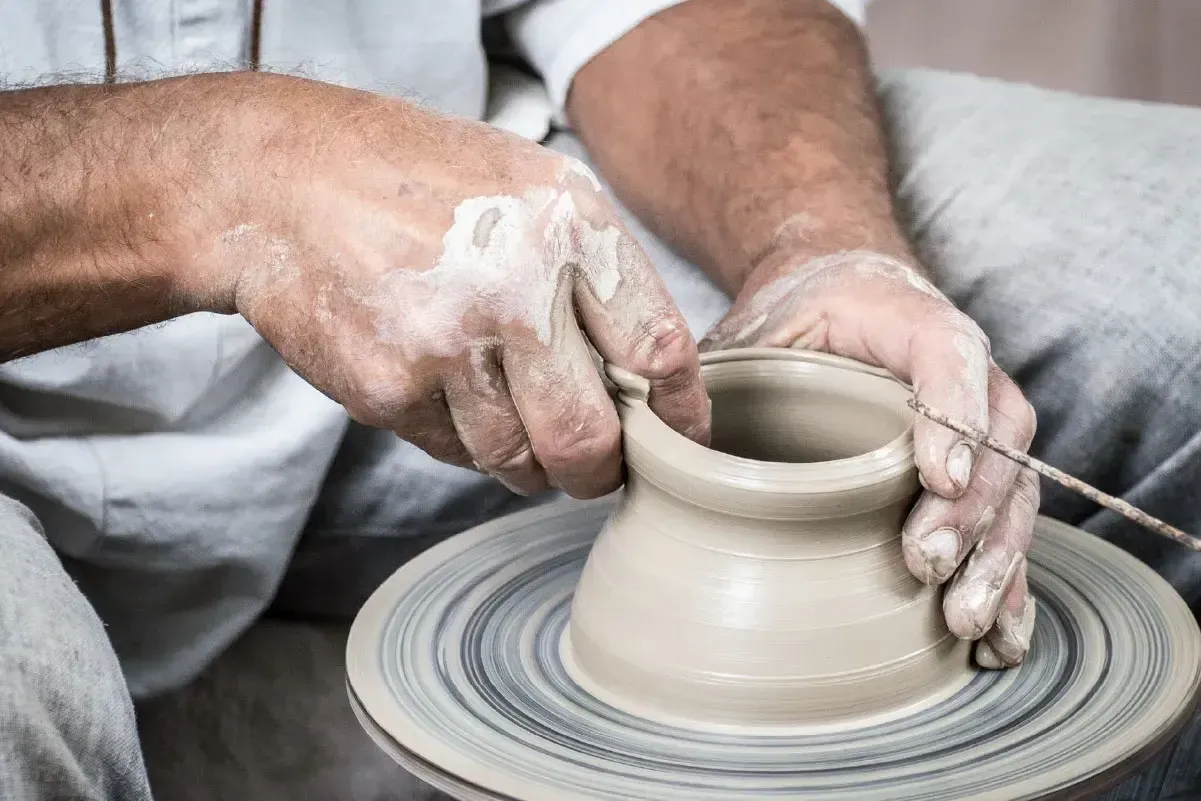
Among the oldest techniques is hand modeling, which allows clay to be shaped without mechanical tools, using only fingers or strips of clay to form the pieces. Another fundamental technique is the use of the potter's wheel, which allows the creation of handicrafts such as large clay jars, pots, and plates by spinning the clay on a wheel.
Once formed, the pieces undergo firing processes that vary according to tradition. The wood or clay kiln is one of the most commonly used methods, providing unique textures and colors. These traditional methods, in addition to being functional, preserve the cultural memory of the people and keep alive an ancestral art form, resulting in different pieces of handcrafted ceramics.
Ceramics route through the Country of Beauty
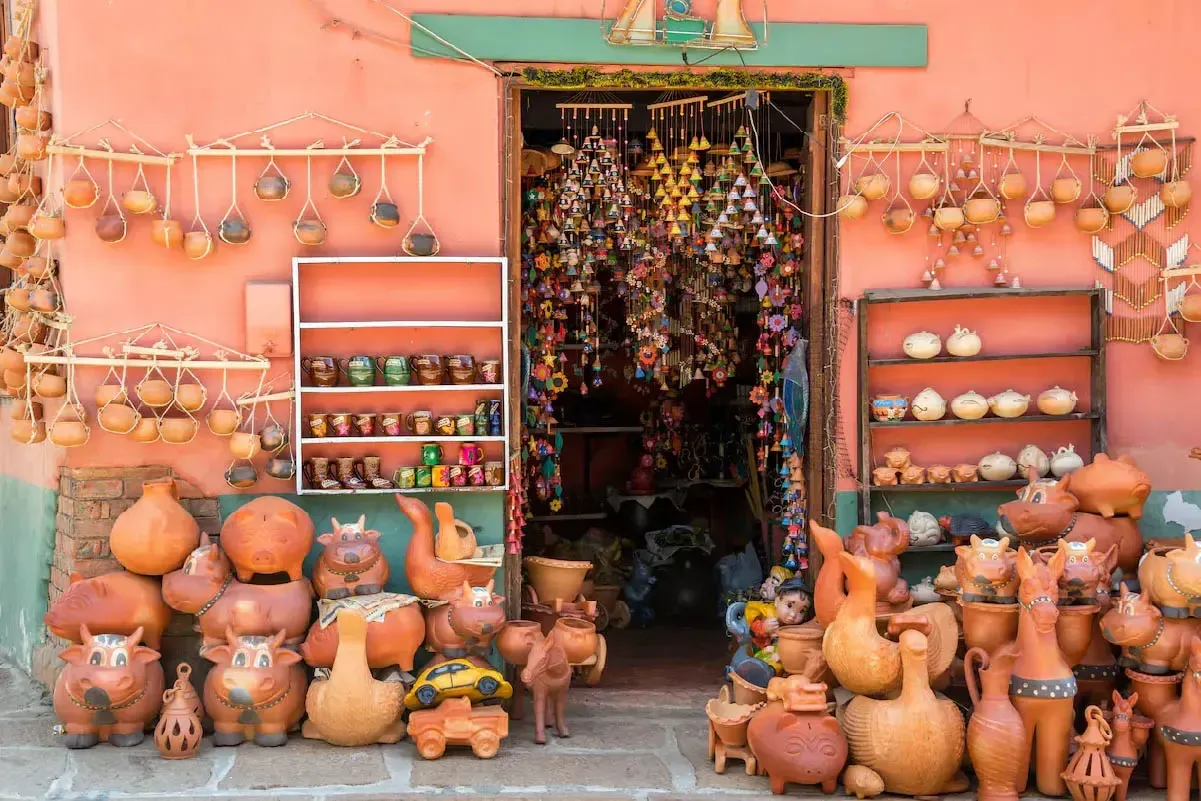
In Colombia, ceramics come to life in every corner of the country. Here are three destinations where you can closely appreciate this art.
Ráquira: Known as The Handicraft Capital of Colombia, Ráquira is a must-see destination for handicraft lovers. Just two hours from Bogotá, Ráquira's ceramics dazzle with its colorful streets and workshops where artisans transform clay into pieces that tell centuries of history. Pots, plates, decorative figures, and typical toys are made with ancestral techniques. Here, visitors can not only buy, but also participate in workshops to experience the pottery tradition first-hand.
La Chamba, Tolima: Located southeast of Guamo, La Chamba is nationally and internationally recognized for its black ceramics, a craft tradition with more than 300 years of history. This pottery is made using a special firing process that darkens the clay, generally due to the accumulation of carbon and hydrogen. The elegant and functional shapes of its vessels, handmade ceramics, large jars, and kitchen utensils reflect a unique technique. More than a craft, La Chamba's black ceramics are a symbol of Tolima's cultural identity.
Carmen de Viboral: Considered the birthplace of decorative ceramics in Colombia, El Carmen de Viboral is famous for its hand-painted tableware and objects. Each piece is a work of art that reflects the colors of nature and the spirit of the artisans in its details. The flowers, leaves, and arabesques that decorate their creations have traveled the world, bringing the name of this municipality to the top of the Latin American ceramic tradition. Tourists can visit their workshops and museums and marvel at the process behind each creation.
In the Country of Beauty, ceramics are not just a trade: they are a celebration of collective memory, a legacy that unites territories and generations, and an art that remains alive thanks to those who, with their hands, shape Colombia's identity.
 Welcome, you are in
Welcome, you are in 








